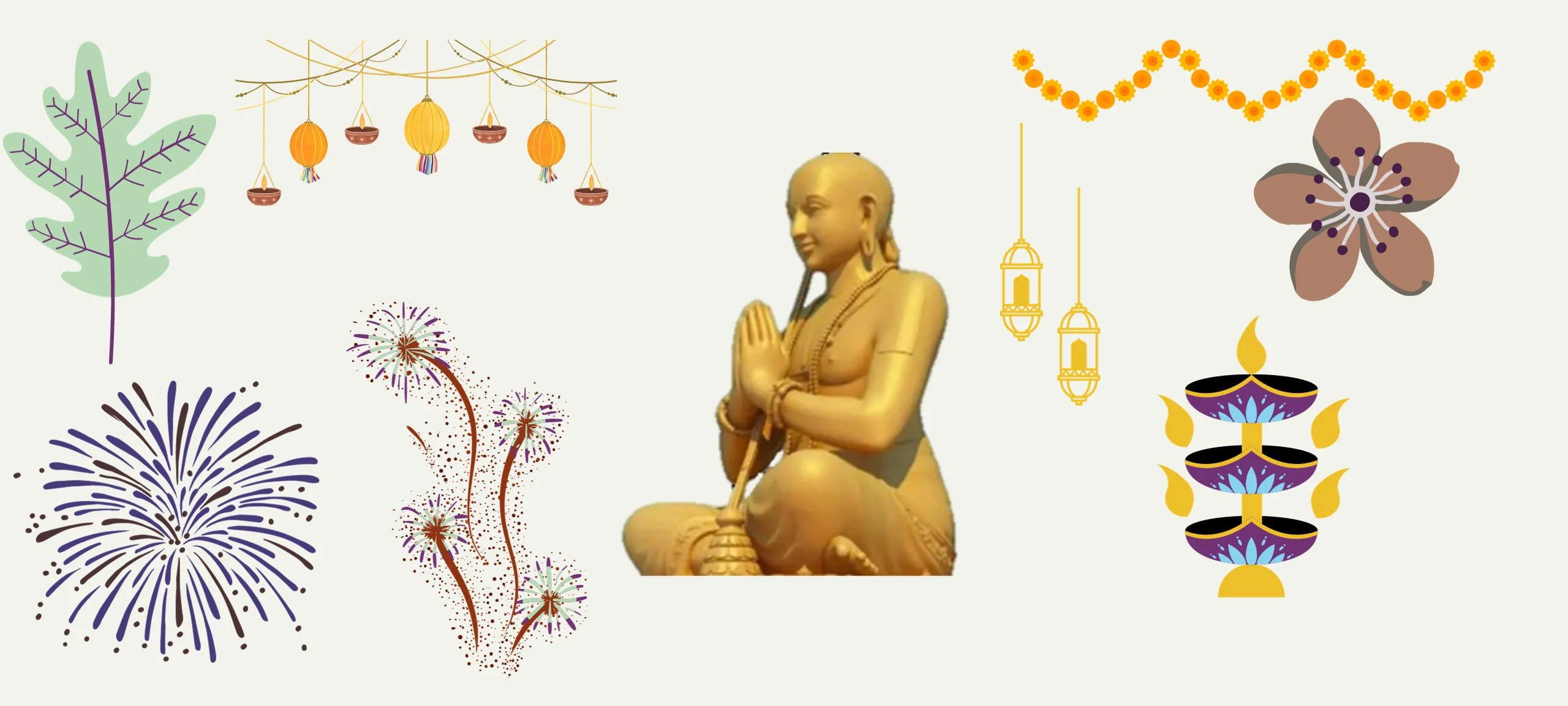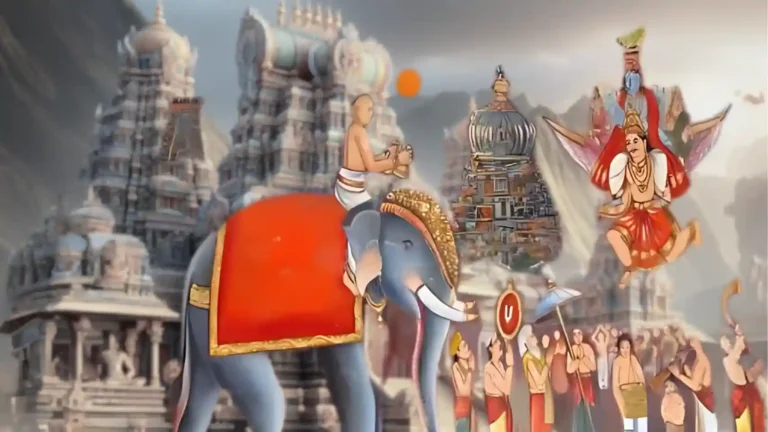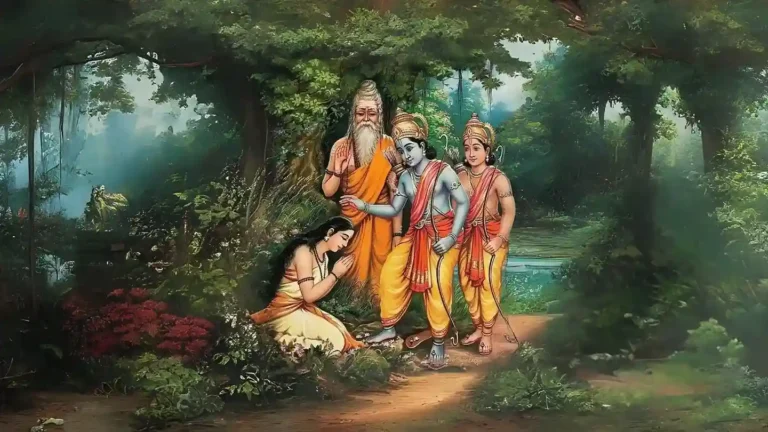Please Like the Blog and Share it for Maximum Reach
Table of Contents
Sanatana Dharma is a Universal Law
Sanatana Dharma has been established as the eternal law. Just like one need not know that fire burns a person or the law of gravity exists for it to work on him/her, Sanatana Dharma works on each and every entity.
Be animate or inanimate, Santana Dharma applies by default. It sees no differences amongst the people of the world. Dharma saves the person who is in abidance with the universal spirit of the Dharma.
Dharma delineates the path of moksha. So, whoever abides by this universal path shall well be on the way to moksha. Such is the efficacy of Sanatana Dharma.
3 Components of Reality
One of the most authentic systems of Vedic application appears in the Vishishta Advaita School.
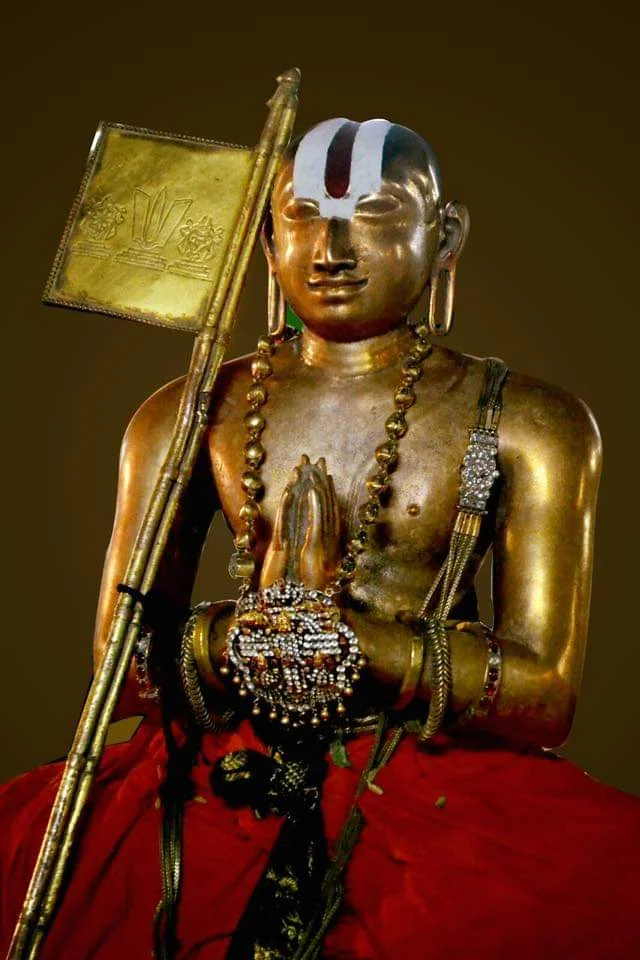
Now, there are 3 features identified in the Vishishta Advaita Philosophy of Vedic Study. They are-
(तत्व-हित-पुरुषार्थ) tattva-hita-purushartha which stands for (Realities-Means-Goal).
There are 3 fundamental Components of Reality (तत्व-त्रय tattva-traya). They are:
(ब्रह्म- जीव- प्रकृति)
1) Brahman– God also known as Ishwara
2) Jiva- it stands for the living entities who are forgetful of their original nature
3) Prakriti–Matter, the moving energy of God.
What are the 3 Paths to Attain Life’s Destination?
There are three means through which the Jiva can reach its final destination namely:
1) Jnana Yoga
2) Karma Yoga and
3) Bhakti Yoga.
Bhakti Yoga can be further subdivided as Devotion to God. It means complete Surrender to God, Devotion to Acharya, or Surrender to Acharya.
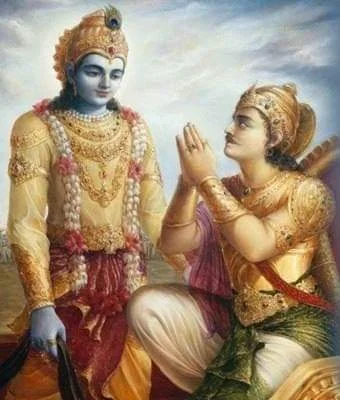
Depending on one’s inner alignment or faith, one can choose God or Acharya. For a common man, God is only a concept that is not within one’s field of experience.It becomes easier for a devotee to surrender to a living being. Hence, one must serve one’s Acharya through devotion.
So, there is importance for Surrendering to the Acharya.
What do Dharma and Svadharma means?
Purushartha is the goal of human endeavor. It is five-fold namely (धर्म-अर्थ-काम-कैवल्य-मोक्ष) Dharma-Artha-Kama-Kaivalya-Moksha.
Dharma stands for the fundamental adherence to the principles of Sanatana Dharma. They are the basic guidelines that one must follow.
They provide a list of things to avoid so that we correctly execute our various duties and responsibilities. Dharma reflects the principles on which consciousness conducts itself. If one follows Dharma it always works for the good of all.
A single action of man affects the entire universe.

This is basic principle formulates Dharma.
The Vedic Scriptures have delineated Dharma as per time, place, circumstances. Now, Dharma is based on the temperament and character of the person who wishes to execute Dharma. When a person follows his Dharma well, it is Svadharma (स्वधर्मा)
Test your Alignment with the Spiritual Subject Matter (only 7 Questions)
The scores generated in this Quiz are relative. There are no right or wrong answers. A percentage towards 100 indicates that you are more aligned to the overall subject matter.
What does Artha Mean?
When we carry out actions in line with what is appropriate, as per Dharma it leads to the generation of wealth. Also, it grants prosperity and economic development.
Hence, Artha is the means by which one can satisfy desires.

Through Artha one can take care of (काम- Kama) Kama. When a person discovers that desires are unending and in spite of trying his level best to quench the thirst of Kama, it only increases.
Thus, he becomes fed-up of Kama. He starts looking at the source from where these desires appear. Thus his journey towards the Self begins.
When the person attains the source, the Self, he attains (कैवल्य- Kaivalya).
When is Moksha attained?
Although he attains Kaivalya, self-realization, he still feels incomplete because he does not feel the closeness of the relationship. He is desirous to share the higher moods with the Supreme Self, Bhagawan. He wants to enter the Abode of His eternal father and enjoy an eternal relationship with Him.
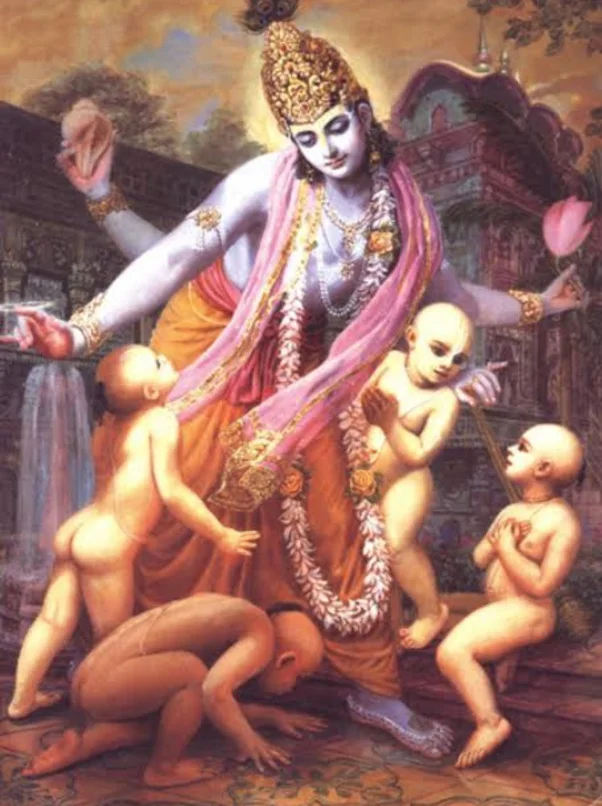
So through the process of Bhakti, he attains (मोक्ष- Moksha) following which he never returns to the mortal world.
Who can attain Moksha?
There are many routes to moksha. There are routes for those who acquired eligibility to enter Paramapada (परमपद). Paramapada is the highest goal, attained through various Upasana (उपासना), or spiritual discipline
Seekers who acquired Vidya (विद्या) specific knowledge prescribed in Bhakti Yoga, also get access to these means for Moksha. Let us discuss 5 categories of people who are eligible for Moksha
(i) Those who practice Madhuvidya (मधू-विद्या) obtain positions like those of Vasus.
Vedic gods are usually thirty-three in number. Now, among these, the ‘Aṣhtavasus’ (अष्टावसु) or ‘Eight Vasus’ form the first group.
Who are Vasus?
The Vasus are a class of deities, chiefly known as attendants of Indra.
The word ‘Vasu’ comes from the root ‘vas’. It simply means to dwell, or causing to dwell or to shine. Hence, the ‘Vasus’ are deities representing all spheres of extension or space, and height.
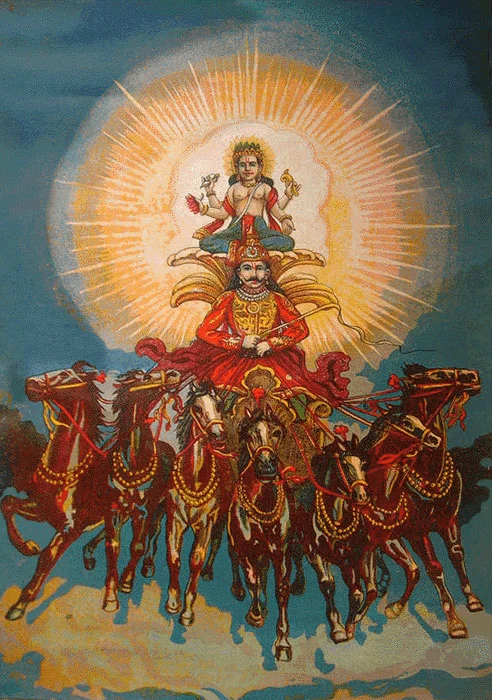
They are personifications of nature and natural phenomena. The eight Vasus are: Aapa, Dhruva, Soma, Dhara, Anila, Anala, Prathyusha, and Prabhasa
Other Paths to Attain Moksha
(ii) Those who meditate on the four-faced Brahma as the body of Narayana reach his Satyaloka.
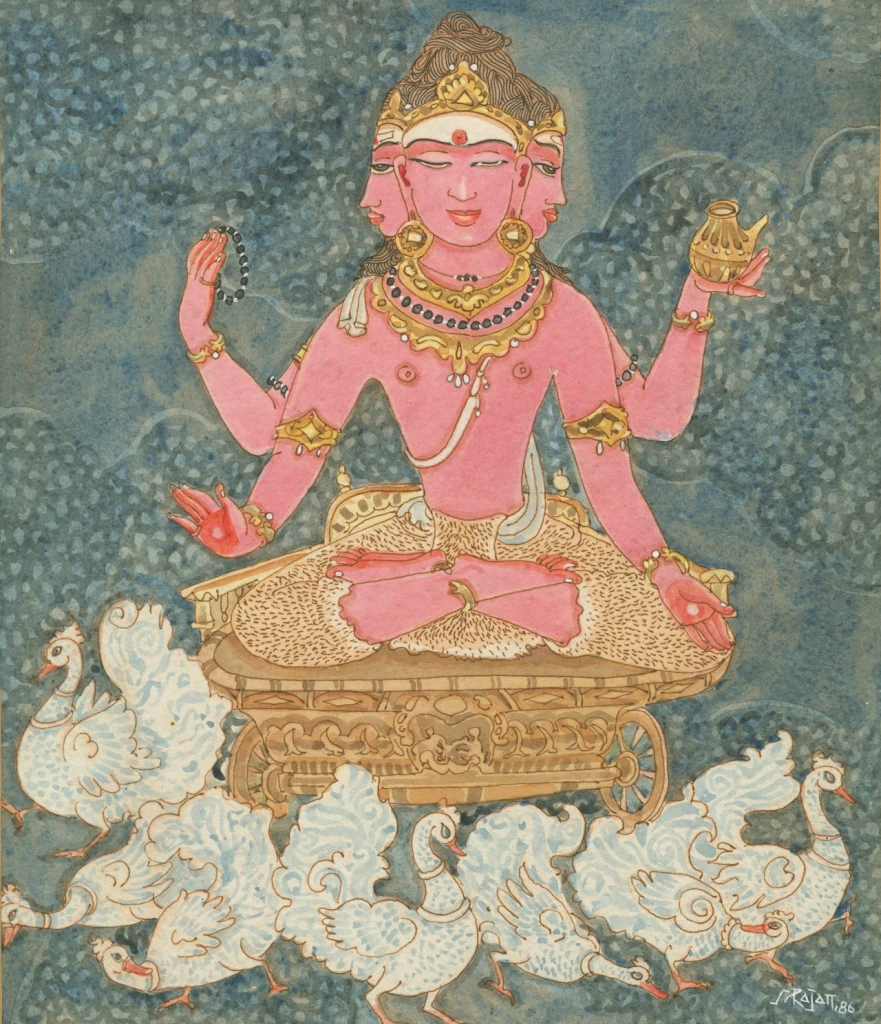
Devotees stay within Satya Loka till the end of Brahma’s life called Pralaya (प्रलय).
Pralaya means dissolution takes place. Having fulfilled themselves they enter the highest seat Paramapada along with Sri Brahma; so says the Kurma Purana.
(iii) Certain others reach Aniruddha, the Devata who appears as the grandson of Sri Krishna. He is an expansion of Sri Krishna, in His earthly pastime.
After staying with Him for some time they go to Pradyumna. Latter is also an expansion of Sri Krishna, who appeared as the son of Krishna in Dwaraka Leela. Their journey proceeds further as they go, to Sankarshana.
Sankarshana is the Devata who came as the elder brother of Lord Krishna.
He is the personified power expansion of Sri Krishna, and finally to Para Vasudeva (Narayana).
How do Bhaktas attain Moksha?
(IV) Jayakhya Samhita mentions another route for Bhaktas who practice some other Vidya. Devotees go from the earthly platform to Svetadweepa and reach Hari who has the Universe as His Form.
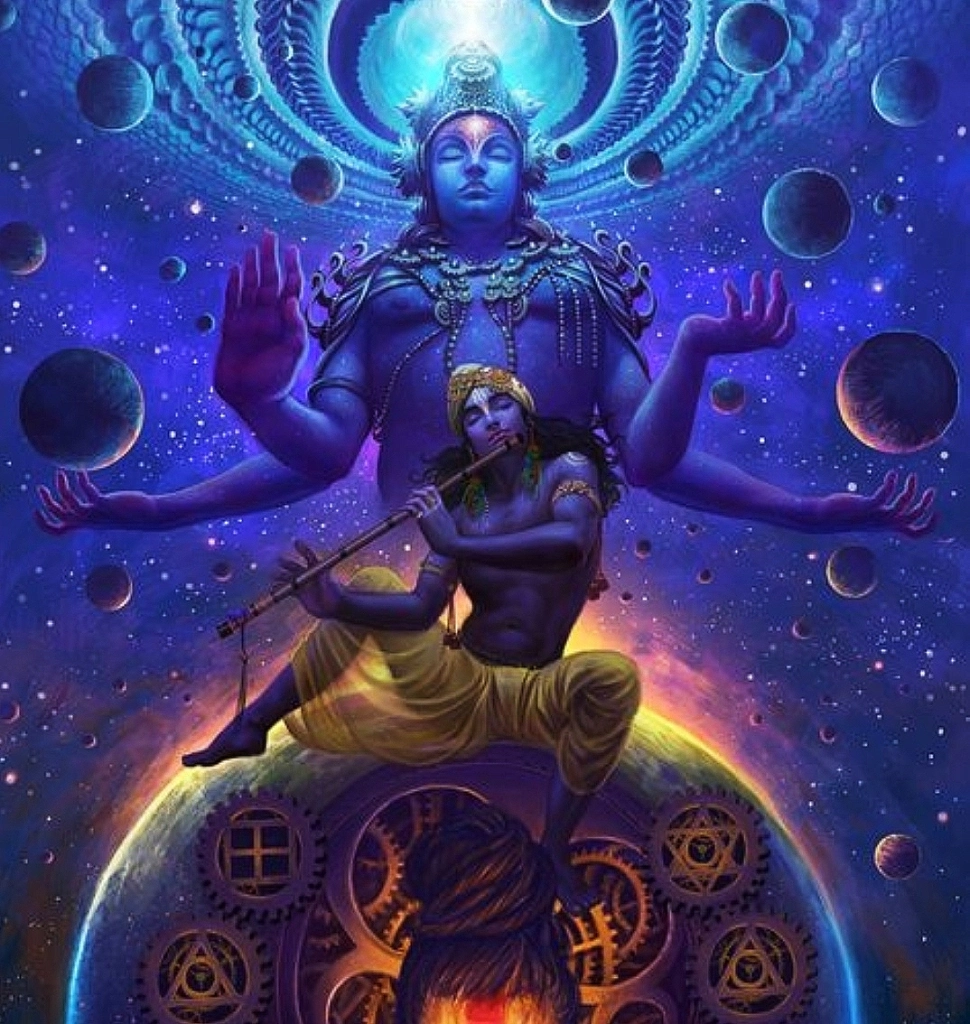
Then, they reach Hari in his form as Aniruddha who is in the Ocean of Milk.
From there, they go to Hari who is the Lord of Brahma, and all others.
Then, they proceed to Sankarshana and finally to the Eternal Bhagawan, Vasudeva. These are ‘Krama Mukti’ ( क्रम मुक्ति Release by gradation). Also, they are applicable to those who practice Bhakti Yoga.
(v) For people who completely surrender (Prapatti) to the guru or the Supreme Lord Narayana attain Moksha via the Archiradi Margam.
Such devotees are also called Prapannas (प्रपन्न) ). Archiradi margam is the simplest, shortest and surest path for such devotees.
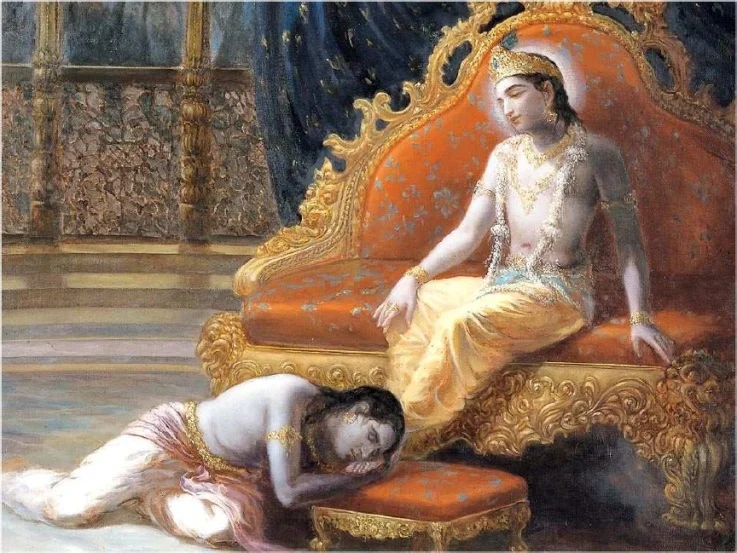
A brief intro to Archaradi Marga
In the Archiradhi Marga, the soul travels with his astral and causal bodies till it reaches the cosmic Viraja River. Now, on reaching the river, depending on the deity-
If Sri Vishnu, then Garuda comes to receive the soul.
and…
If Sri Rama, Lord Hanumanji comes to receive the devotee. Hence, they escort the soul to Sri Vaikuntha (Abode of Lord Narayana) or Saket Dhama (The Abode of Sri Rama).
This happens after casting off the astral and causal body and adorning a perfectly splendid spiritual form.
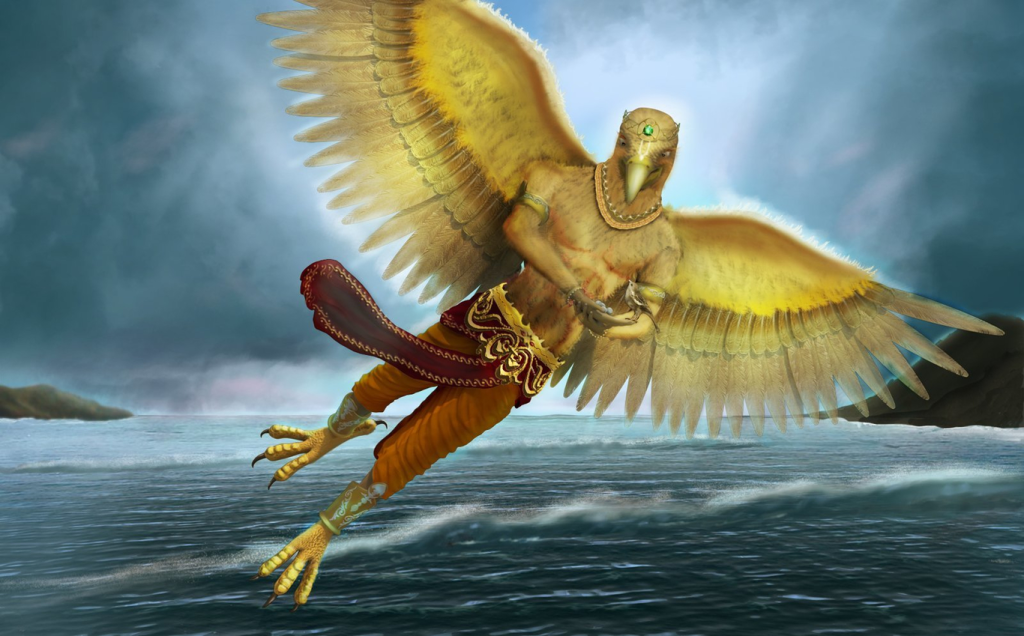
The omniscient Lord resides in the shuttle space in the heart (हृदय ).
He is like a father who enters the muddy tank to rescue His fallen child, at the time of departure.
He escorts the jiva in his Travel Out of the Body, avoiding the nadis (nerve currents) that lead to heaven (स्वर्ग Swarga) or hell (नरक narak). In fact, it travels through the pathway of a special nerve current, called murdhanya nadi (मूर्धन्य नाड़ी).
With the support of the rays of the Sun, the soul travels through the Archiradi Margam. The path shines as the devotee travels and reaches his eternal home, Sri Vaikuntha.
Vaikuntha-the permanent abode of Lord Narayana.
Please Like the Blog and Share it for Maximum Reach

